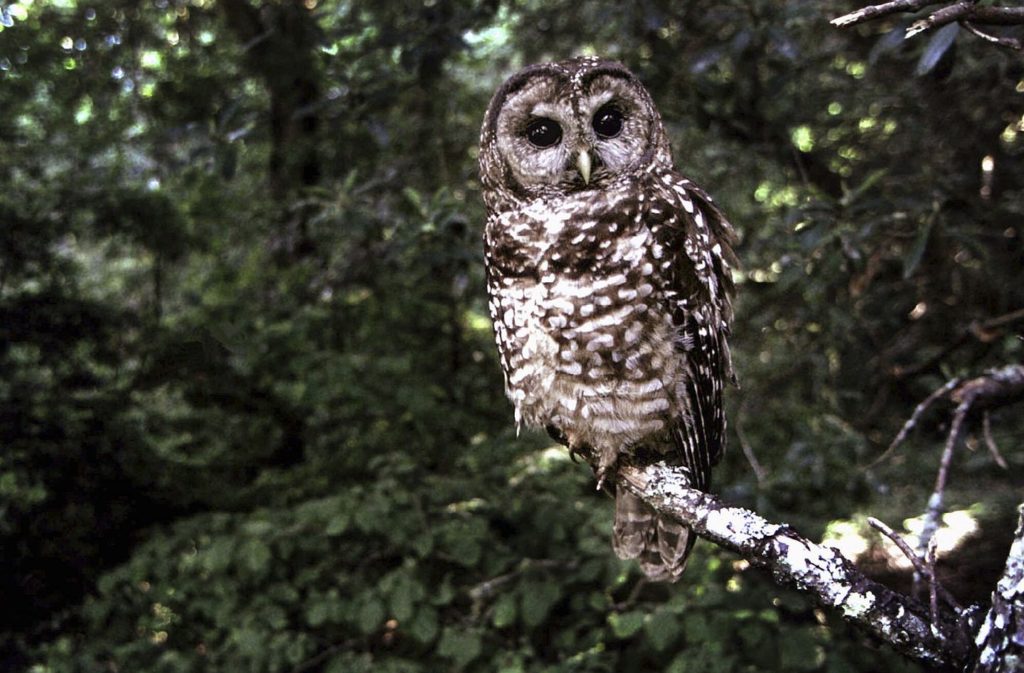Environment v. Jobs: A False Dichotomy

In 2016, I published Empire of Timber, a book demonstrating how timber workers used their unions throughout the 20th century to push their own shifting environmental agendas, pushing back very strongly on the false dichotomy that environmentalists and workers are inherently divided. As is common in scholarship, since everyone builds on the same literature, there is a younger scholar who picked up on the same topic. And I sympathize with the guy. But I also was supportive of him, appeared on a couple of panels with him, etc. My feeling on these things is that there are many ways to read the same documents, he would have different insights, etc. It’s a big tent! But said individual evidently doesn’t see it the same way. He wrote a very negative review of my book in a scholarly journal, which is the only negative academic review I’ve ever received for any of my books, and which came down to the fact that it wasn’t the way he was writing the book. Well, that’s unfortunate, but who really cares, right? It’s all good.
But then this individual took the pages of the Washington Post to spew out an incredibly irresponsible editorial arguing that environmentalists should agree to gut the Endangered Species Act to make rural white people in Oregon happy. This not only. makes no sense–yes, clearly the only reason people in dying logging towns are voting Trump is because of jobs….–but it also a horrible thing to say in an era of climate change and rapid environmental degradation. That this was published on one of the days that the Amazon fires was on the front page made me darkly laugh. Moreover, it completely ignores the actual reason for job losses.
This is my response, of sorts, also in the Post, published this morning. Rather than just channeling angry white people’s voices, I did the revolutionary task of looking at crazy kinds of sources such as “employment data” and “union membership numbers” to demonstrate that most of the jobs were already lost well before the spotted owl was listed under the ESA.
Working-class environmentalism thrived in an era when workers believed they were assured a stable future. Yet transformations in the nation’s economy in the 1970s curtailed this shared effort. Deindustrialization, automation, outsourcing and a renewed era of union-busting weakened the New Deal coalition, as well as the bonds between labor and environmentalism, putting workers on the defensive. And after 1973, efforts by environmentalists to clean up industry fueled employers’ narratives that any such regulation would close factories and move jobs abroad.
Yet many of these jobs were disappearing regardless of environmental regulation. Beginning in the 1970s, the timber industry began engaging in rapid improvements in efficiency and automation, drastically cutting the number of workers needed. In 1978, the timber industry employed 136,000 people in Oregon and Washington. Four years later, that number declined to 95,000. The number of workers needed to produce the same amount of lumber fell by about 20 percent between 1982 and 1991.
Changing export policy also transformed the industry. Beginning in 1962, the timber industry began shipping unprocessed logs to Japan rather than processing them in the United States. While the amount of timber being shipped increased, the number of workers needed plummeted and thousands of jobs were lost. Exports exploded during the Reagan years, and between 1979 and 1989, lumber production in the Northwest increased by 11 percent — while employment dropped by 24,500.
This all took place at a time when environmentalists fought to save the last old-growth forests in the Northwest. But they tried to take workers’ concerns about job losses seriously. Notably, when Redwood National Park in Northern California expanded in 1978, the final bill included a clause that gave nearly full wages and benefits to workers laid off because of environmental protection, thanks to the unions and the Sierra Club working together. The Redwood Employee Protection Program helped nearly 2,000 workers get through hard times before the Reagan administration killed the program in 1981.
…
The spotted owl, officially listed as threatened in 1990, provided the timber industry with a scapegoat for the elimination of thousands of jobs in the preceding decades. The entire enterprise was a cynical yet effective way for the timber industry to deflect its own culpability for the conditions in which these communities found themselves.
Blaming environmental regulation for those losses, however, was largely a lie. The Endangered Species Act didn’t precipitate an immediate loss of jobs. By 1994, after most logging in the national forest was shut down, some 91,000 workers were still employed in the timber industry; most of the jobs had disappeared over the previous 20 years for unrelated reasons.
Today’s timber workers will not benefit from the evisceration of the ESA. Even if every old-growth tree is harvested and every northern spotted owl eliminated, timber communities will not materially benefit. The nearly fully automated industry employs consistently fewer workers, a trend that is unlikely to reverse.
More than that, economic growth in the Northwest actually depends on these trees standing, as the region has become an international tourist hub, with locals and visitors coming to hike, fish, mountain bike and otherwise play in these forests. And the survival of our species may depend on protecting its delicate ecosystems.
In 1938, the IWA’s union newspaper told its members that if the timber industry continued its environmentally destructive practices, the industry would be largely dead in the Northwest by 2000. The union was right. But that had almost nothing to do with protecting the spotted owl and almost everything to do with corporate policies pursued at the expense of workers and sustainable forestry.
Sorry, this obviously isn’t legitimate because it didn’t just take the current feelings of angry rural white people at face value and instead looked at actual evidence. What was I thinking?


